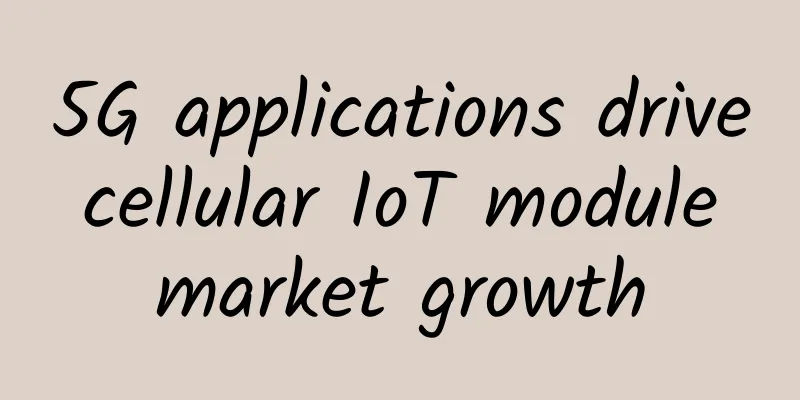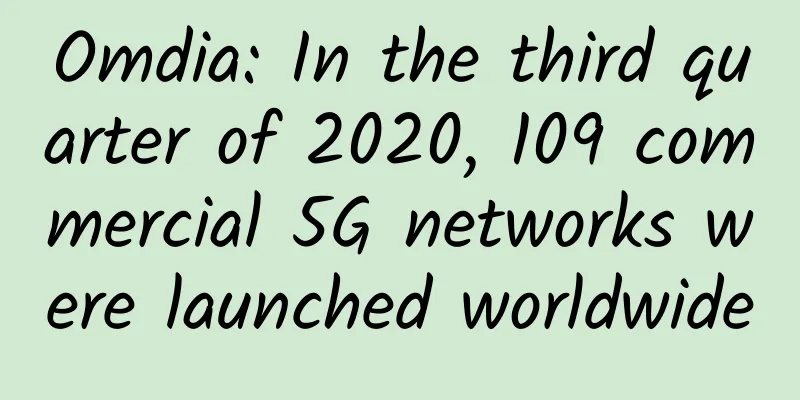5G applications drive cellular IoT module market growth

|
Global cellular IoT module shipments are expected to exceed 1.2 billion by 2030, growing at a compound annual growth rate (CAGR) of 12%, a new study has found. According to Counterpoint Research’s latest global cellular IoT module forecast, shipments will be primarily driven by 5G, NB-IoT and 4G Cat 1 bis technologies. The growth of 5GThe report found that between 2022 and 2030, 5G will be the fastest growing technology (60%), followed by 4G Cat 1 bis. As 5G matures, large module vendors such as Quectel, Broadcom, Mega, Foxconn, Thales, Telit, and Sierra Wireless will consolidate their positions in the global cellular IoT module market. Counterpoint points out that the “long tail” module suppliers will encounter difficulties in terms of scale and partnerships. “As 2G and 3G networks continue to fall behind globally, much of the demand so far has shifted to LPWA, 4G Cat 1 and 4G Cat 1 bis technologies,” said Soumen Mandal, senior research analyst at Counterpoint. “NB-IoT will continue to be popular in parts of Asia, including China and Europe, while 4G Cat-1 based modules will proliferate over the next few years.
The report states that the global cellular IoT market will transition from 4G to 5G over the rest of this decade as LPWA technologies such as NB-IoT, LTE-M and 4G Cat-1 drive initial adoption of cellular IoT. Compared to the transition from 2G/3G to LPWA/4G in the IoT sector, this transition will be faster. 5G will become the leading technology in the global cellular IoT module market, followed by NB-IoT and 4G Cat 1 bis. In the next few years, with the launch of 5G and the introduction of 5G RedCap, 5G will be adopted in smart IoT applications in the fields of industry, asset tracking, POS, telematics, healthcare, and wearable devices, mainly replacing traditional 4G IoT applications. Counterpoint estimates that cumulative 5G shipments (excluding 5G RedCap) will reach 2.5 billion units, growing at a compound annual growth rate of 60% between 2022 and 2030.
Counterpoint predicts that 6G technology will be introduced for the Internet of Things by the end of the decade. However, analysts warn that in the first few years of adoption, 6G will be limited to high-end applications such as enterprise and broadband. “Smart meter, industrial, router/CPE, automotive and POS will be the top five applications in terms of shipments in 2030,” said Neil Shah, vice president of research at Counterpoint. “5G will be the preferred choice for Industry 4.0 (e.g. robotics, automation and digital twins), router/CPE (e.g. FWA and private networks) and automotive (e.g. connected and autonomous mobility) applications, while LPWA will be the choice for utilities (smart meters) and 4G Cat 1 bis and 5G RedCap for POS applications.” He added: "China leads in 5G adoption in the global cellular IoT module market. However, North America and Europe will have great potential in the future. 5G adoption in emerging markets such as India and Latin America will also grow faster, and 5G RedCap may become popular in these regions." |
<<: 4.2 billion IP addresses have already been allocated, so why are we still using them?
Recommend
ARP protocol in TCP/IP protocol suite
[[355450]] 1. Introduction to ARP protocol In the...
An overlooked "secret weapon" in the 5G era may break the market monopoly
Recently, the Ministry of Industry and Informatio...
CloudCone: $69/month-E3-1270v2, 32G memory, 512G SSD, 100M/1Gbps bandwidth, Los Angeles MC data center
We often share information about VPS hosts provid...
Sharktech: $399/month-2*Gold 6148/128G memory/2TB NVMe/10Gbps unlimited traffic/Los Angeles & Chicago & Denver & Netherlands data centers
Sharktech is a long-established high-defense serv...
Fact or fallacy: How smart can you get without 5G?
Smart city development relies on the expansion of...
With the support of celebrities, how fast can 5G run?
With the freezing of 5G 1.0 version, the first co...
The role of satellite communications in smart cities: enhancing urban connectivity
As urban populations continue to grow, the need f...
Before 5G arrives, let’s talk about what Gigabit LTE is
[[177405]] In October this year, Qualcomm and Aus...
CMIVPS: 10% off on dedicated servers, 30% off on VPS hosting, 5-100Mbps bandwidth available in Hong Kong
CMIVPS has launched this month's promotion, o...
[11.11] ZJI: Hong Kong Kwai Bay Server 50% off 500 yuan/month-2*E5-2630L/32G memory/1TB SSD/20M bandwidth
During the Double 11 period this year, ZJI launch...
For the first time, such a clear and unconventional explanation of K8S network
[51CTO.com original article] K8S network design a...
What’s next after the first 5G standard is released?
On June 14, Beijing time, the International Mobil...
TNAHosting: 12GB memory OpenVZ monthly payment from $5, 4GB memory KVM monthly payment from $5
I checked and it's been exactly one year sinc...
The Internet is like this: Design of distributed domain name resolution system in G-line data center
As financial institutions gradually evolve toward...
What 5G means for the real-time data market
5G, the next generation of cellular network techn...









